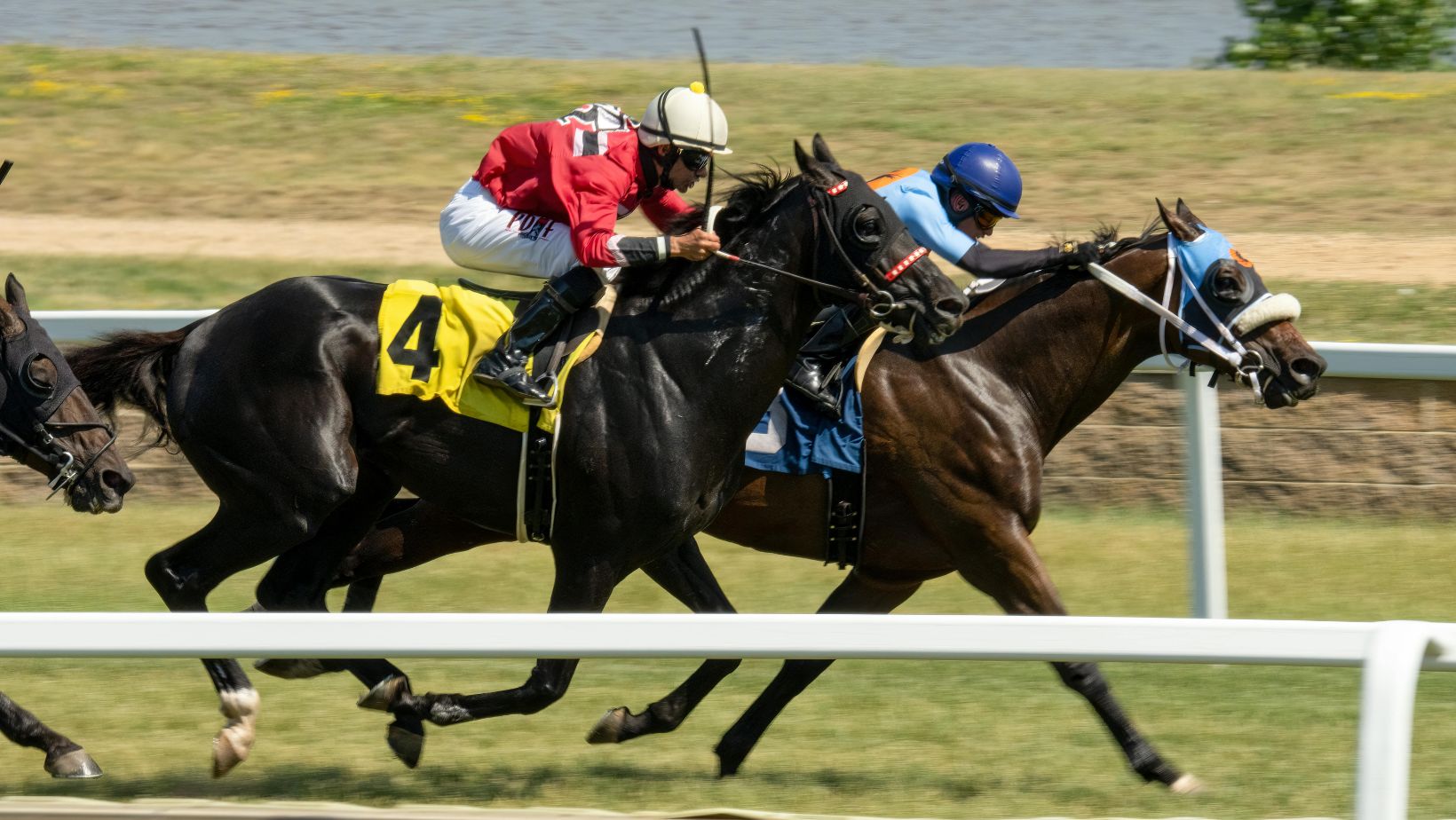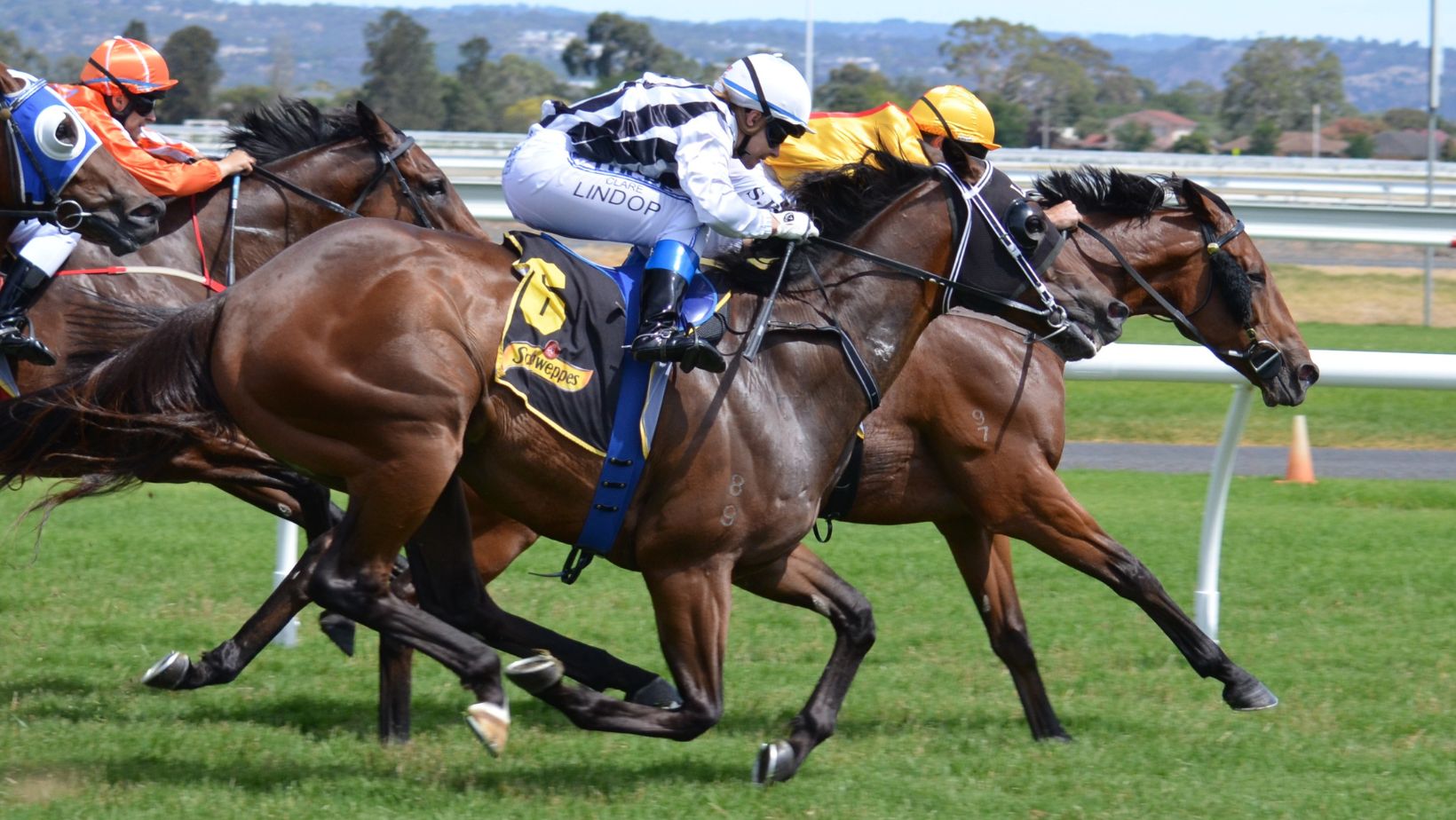The Most Memorable Races in Preakness Stakes History

Contents
Toggle
Spring is one of North America’s most awaited seasons for horseracing enthusiasts. This May 18 will be the 150th run of the annual Preakness Stakes, the middle jewel of North America’s Triple Crown Series. It’s preceded by the Kentucky Derby, which happened last May 3, and followed by the Belmont Stakes on June 4-8.
While we wait for a few days before we pour ourselves a Black-Eyed Susan and get dressed in springtime colors, let’s take a trip down memory lane and recall the most iconic races in the history of Preakness Stakes.
The Surge That Stunned Pimlico (Secretariat, 1973)
On May 19, 1973, during the 98th running of the Preakness Stakes, a chestnut colt known as Secretariat—affectionately dubbed “Big Red”—delivered a performance that electrified Pimlico Race Course. He blazed past the finish line 2½ lengths ahead of the competition, continuing his historic Triple Crown campaign.
The field featured six formidable three-year-old thoroughbreds, with Sham standing out as the only serious challenger. Fans tuned in by the millions—via television and radio—eager to see whether Secretariat could repeat his dominant Derby performance.
In the days leading up to the race, anticipation ran high. The betting scene was alive with speculation, shifting odds, and passionate debate. Secretariat entered as the favorite, his powerful Derby win making him the clear frontrunner, though a few skeptics still backed Sham for an upset. If you’re curious about how today’s odds compare—or where to place your own wager—Preakness betting platforms offer live odds, expert insights, and secure options for placing bets online.
As the gates flew open, Secretariat broke slower than expected, trailing the pack. But with a burst of unmatched power, he surged forward, taking the lead with five and a half furlongs to go—just as he had in the Kentucky Derby. The crowd erupted.
His victory didn’t just earn headlines; it made history. Weeks later, Secretariat would go on to claim the Belmont Stakes in one of the most dominant performances the sport has ever seen, becoming the first Triple Crown winner in 25 years.
Split-Second Drama at the Line (Curlin, 2007)
During the 2007 Preakness Stakes, Curlin won the race by a head against Street Sense, the shortest margin of victory in Preakness history. The reported total attendance that year was 132,221, which is the second highest on the list of American thoroughbred racing’s top-attended events for North America in 2007.
Curlin finished in 1:53.46, considered tied for the fastest time ever with the clocking of Tank’s Prospect in 1985 and Louis Quatorze in 1996. Still, the current unbeaten record for the race is 1:53.00, fulfilled by Secretariat in the 1973 Preakness Stakes.
A Filly Takes the Fight (Swiss Skydiver, 2020)
Because of the pandemic, the order of the Triple Crown wasn’t traditionally followed in 2020. The Belmont Stakes was held in June, the Kentucky Derby in September, and the Preakness Stakes in October.
Due to health restrictions during that time, there was no ecstatic crowd to witness the thrilling photo finish between filly SkyDiver and Kentucky Derby champion Authentic. Swiss Skydiver, racing at 6-1 odds, surged to take the lead midway through the race and persisted, ultimately winning over Authentic, a 3/2 favorite.
For the record, Swiss Skydiver is the sixth filly to win the Run for the Black-Eyed Susans and the first since Rachel Alexandra in 2009. Moreover, she was the first filly to ever compete in the Preakness since Ria Antonia in 2014.
A Stumble Early, a Record Late (Tank’s Prospect, 1985)
When Tank’s Prospect ran in the crowded field of the Kentucky Derby, he could only manage a seventh-place finish. But, his owner Lukas trusted the horse’s potential and decided to send Tank’s Prospect to the Preakness Stakes two weeks later for another shot.
Tank’s Prospect was off to a less promising start in front of the 8,235 fans who flocked to Pimlico Racecourse to witness that middle jewel of the Triple Crown. He brushed with I Am the Game, leaving the starting gate. Consequently, his rider, Pat Day, loses his left iron briefly. It took the jockey several jumps to regain his irons until it worked.
Coming off the turn, Day swung Tank’s Prospect wide and let him open up with a powerful finishing kick. Tank’s Prospect caught Chief’s Crown in the final strides of the race and finished it with an impressive final time of 1:53 ⅖, which was, at the time, the fastest finish in Preakness.
Fast and Focused at Pimlico (Louis Quatorze, 1996)
Louis Quatorze won the 121st running of the Preakness Stakes in 1996. Pat Day, the iconic rider aboard Preakness winner Tank’s Prospect, jockeyed the bay stallion in 1985.
The pair won the race by 3 1⁄4 lengths over runner-up Skip Away. The young horse had a disastrous campaign finish weeks prior during the Kentucky Derby, coming in 16th place in a field of 19 thoroughbreds. Nonetheless, Louis Quatorze redeemed himself after his fast-paced victory in the 1996 Preakness Stakes, where he finished at 1:53.43.
Wrapping Up
Beyond speed, it takes timing, resilience, and strategy to win the shortest race in the Triple Crown. As the bridge between the Derby and Belmont, the Preakness Stakes filters out the pretenders and hails true contenders. History remembers Preakness champions like the ones we mentioned on our list. For these horses, their trainers, and jockeys, a springtime win at Pimlico became the story that will forever define their legacy.




